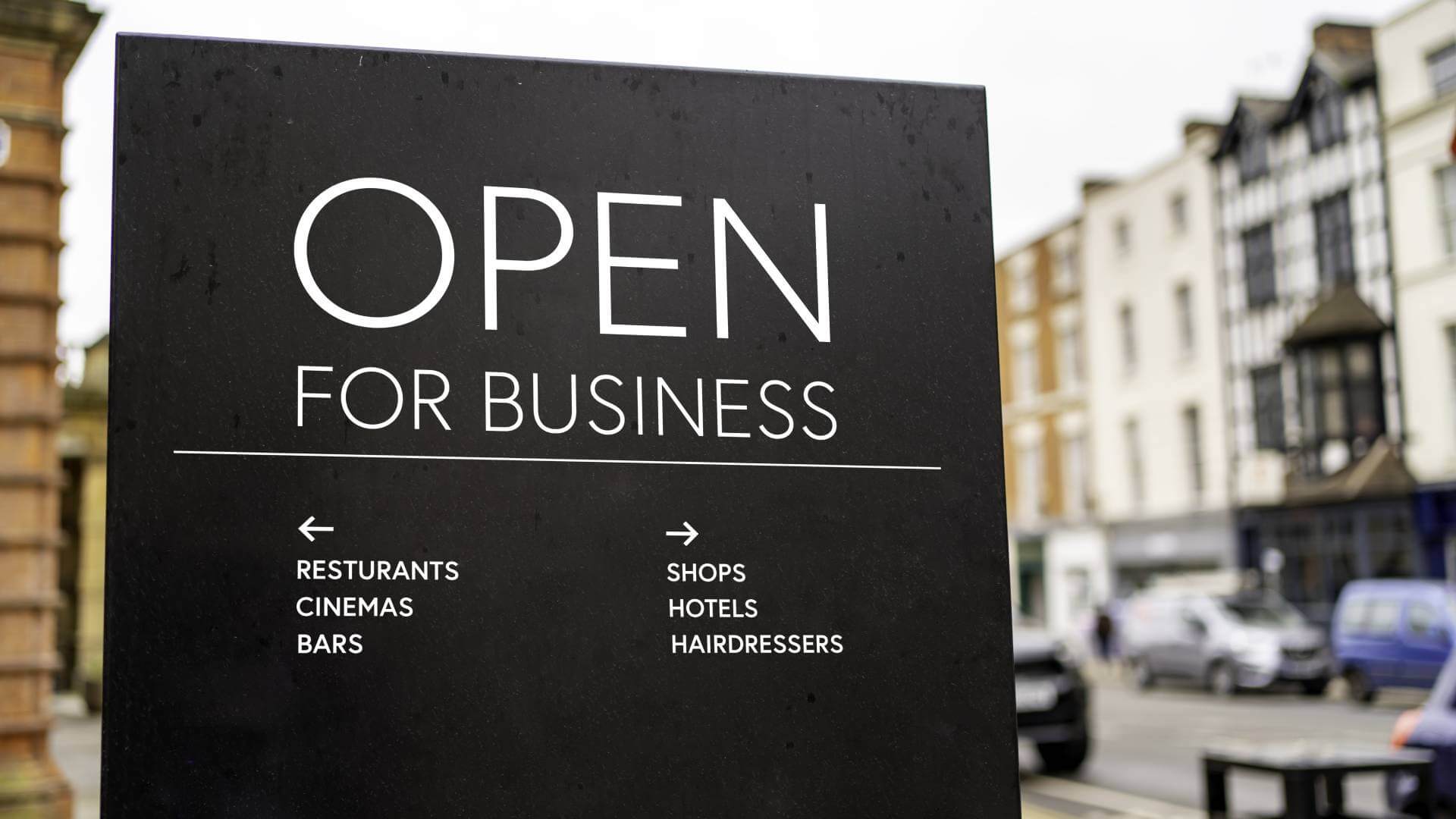Ensuring a buildings readiness and removal of any potential hazards that develop during a shutdown or reduced operation is of paramount importance.
During this period of inactivity, hazards can develop, breed and spread. This contaminates the environment for anyone that uses the building. If maintenance has been inconsistent or irregular, hazards can go unnoticed or spring up quickly. Hazards such as mould can creep up in a matter of days if left untreated.
From plumbing failures to problematic moisture build-ups and poor air quality, hazards are most dangerous when left to grow. Prevention, the ideal solution to treating mould, is only as effective as the ability to identify areas of mould, or possible areas for growth.
The risk of mould
One of the most common hazards are mould breakouts, which often develop through climbing humidity levels, or poor building ventilation. While the biggest contributors are internal factors, issues such as unexpected bad weather, or unusual temperature patterns can all impact mould growth.
Unfortunately, mould can develop discreetly, such as behind vents, in dark, hidden corners or in fixed units. When this happens, expert remediation can treat an environment, helping it return to a more natural state before it was contaminated with mould. That’s why prevention and detection to the level required can only happen when building maintenance is consistent, even if the building is unoccupied.
Preventing and Minimising Mould Risk
Prevention is the most reliable method for treating hazards such as mould, and as they say prevention is better than cure. Mould is a sneaky hazard, which develops in often out-of-sight locations, meaning that it can spread unintentionally. These kinds of contaminations become harder to contain, especially where the premise has been inactive for a period of time. This is a crucial task for a facilities manager or building owner, and is a key first step to reopening.
Be Watchful of Humidity
Mould is most likely to develop within a property if the humidity levels are irregular or consistently exceed 50%. A digital hygrometer can offer accurate readings of humidity, which will indicate risk of mould. If set up correctly, a hygrometer can be monitored remotely, meaning that in areas where remote working is encouraged, facilities managers are able to comply.
As well as remote digital monitoring, regular in person inspections should take place to spot any patches. Under certain conditions, mould growth can exponentially increase within a matter of days, which is why regular assessments are essential.
Performing Risk Inspections as a Strategy
Unoccupied or empty buildings should be inspected regularly for risks. Look for mould growths or symptoms of risks, such as dampness, smells or other irregularities. Having a list of high risk spots, or places where mould has been previously found is also a good idea, as these should be inspected more regularly.
The negative health impacts associated with mould means that a building’s evaluation should be assessed in compliance with safety codes, especially if its purpose is for workers or inhabitants. Providing a written risk assessment and using that to carry out priorities for reopening can be shared with the inhabitants so they are aware of what the risks are, and what is being done to prevent.
Investigate Plumbing Issues and Damage
Mould grows and breeds when conditions are right. Plumbing failures, such as leaks and water damage, can often result in mould growth, as can flood damage that hasn’t been properly cleaned. That’s because moisture will help mould materialise, especially in areas impacted by water damage and build-up.
Places where moisture is expected, such as dodgy windows, near sinks or plumbing outlets and in bathrooms, are at high risk for mould. If moisture levels rise, then an escalation of this risk means that speaking to a mould removal and restoration expert can provide an action plan.
Clean and inspect ventilation systems
Where a building is temporarily inactive or running as a reduced operation, the HVAC systems may be underused. HVAC systems which have been dormant can be home to mould, as it’s hard to see and therefore hard to prevent. After a period of inactivity, this is particularly dangerous, because unclean ventilation shafts will help deposit toxic and harmful mould spores throughout a building.
Before turning on ventilation systems, assess any risk of hidden mould growth throughout a building. Preventing mould before it can grow is key for future detection and establish a clean and healthy building, including air quality for its occupants.
Understanding the hazards
Mould can be identified either by humans getting ill, or buildings showing signs such as musty or damp smells and visible appearance.
Mould is considered a health and safety hazard, which develops on interior surfaces within a building. The common hotspots include tiles, on carpets, wallpapers, and other fabrics. Building conditions such as residual damp, excessive moisture in the air, or lack of good ventilation, can all be a catalyst for mould growth.
Mould is just as hazardous on a building’s health as it is for the people who use the building, whether they are employees or inhabitants. According to the Centre of Disease Control (CDC), mould is ‘toxigenic’ and can undermine human health either causing allergic reactions or reducing air quality for those with asthma and other respiratory conditions.
Learning about the signs and symptoms of mould can help facility managers track and prevent hazards from developing within a premise. Knowing how to identify this risk and treat it appropriately is key to future prevention.
Written by Stuart Kerr, MD at Restorations UK, reputable mould remediation, fire and flood restoration specialists with over 30 years’ experience. Restorations (UK) have a 24/7 emergency response team that deal with the sewage clean up and decontamination of commercial and residential buildings across the UK.
































